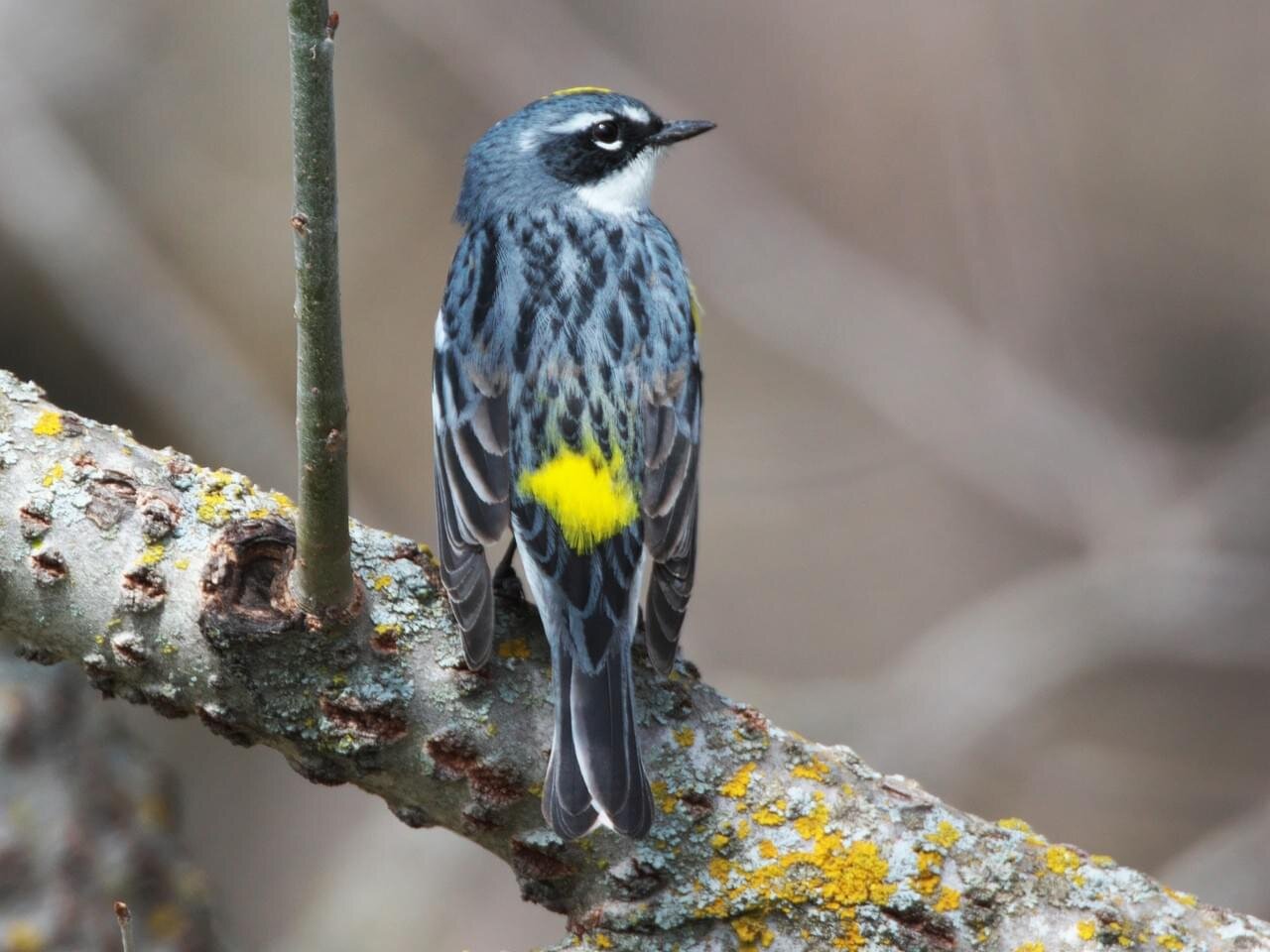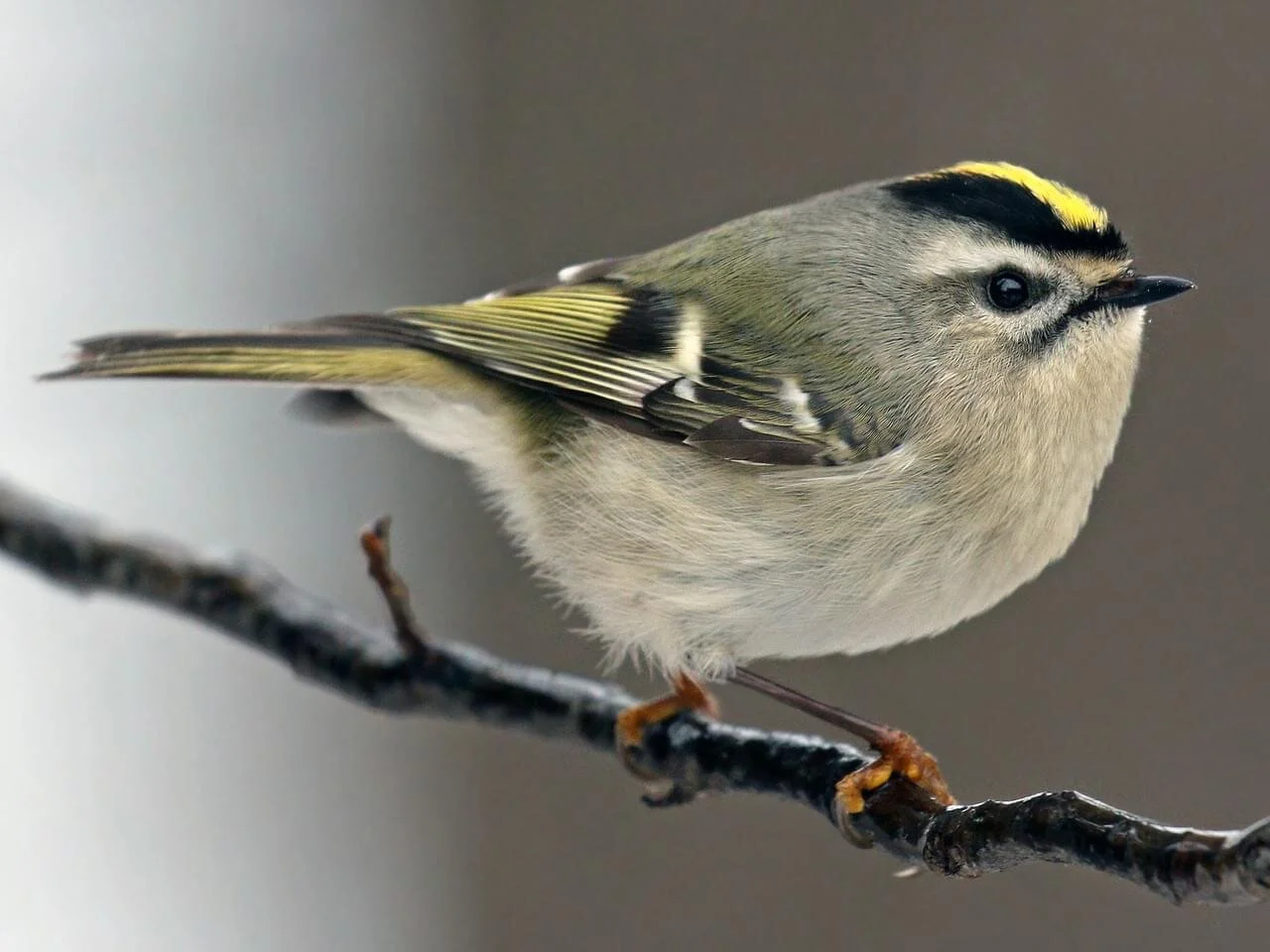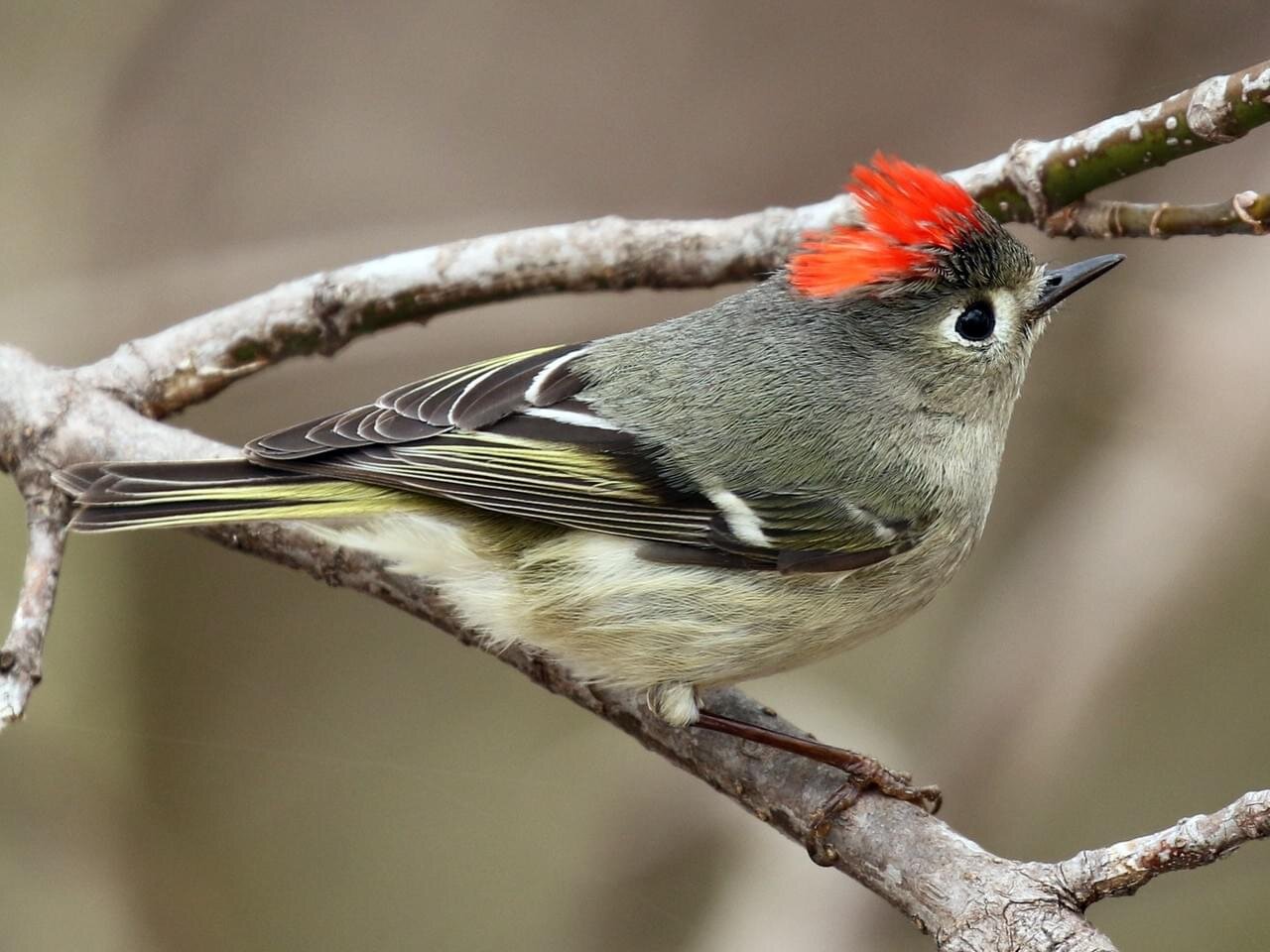I know many of you are not fond of the cold and snow, but you have to love the extra bird activity at your feeders. We have heard from many customers seeing Bluebirds for the first time at feeders. Is it because there are more Bluebirds here now, or has the inclement weather forced them to seek out “alternative” food sources more often? Perhaps it’s both reasons. We know that harsh winter conditions north of us can and does “push” many types of birds, including Bluebirds, toward us in the southern region. Many of you have discovered Bluebirds will eat seed if it is out of the shell. Sunflower hearts and chips, shelled peanuts, and suet become important to their survival when snow and ice eliminate insects totally from their diet for a period of time. Even those of you accustomed to feeding Bluebirds live mealworms have discovered they will eat dried worms, too, when conditions dictate.
Other birds being seen for the first time for many of you include Yellow-rumped and Orange-crowned warbler, Ruby and Golden-crowned Kinglet, Red-winged Blackbird, and one of my favorites that largely goes unnoticed, the Fox Sparrow.
I never see this bird in my yard unless there is a significant snowfall. They seem to appear only when snow accumulates. They, like most Sparrows, are ground feeders, searching and scratching the leaf litter on the forest floor for seeds, berries, and insects. One of my simple but effective feeding strategies with accumulated snow is to place a few pieces of plywood on the ground and sprinkle several kinds of seeds liberally on the dry surface. It only takes moments for Junco’s, White-throated and White-crowned Sparrows, Cardinals, and Towhees to find the offering.
Click here to read more on the Fox Sparrow!
The Fox Sparrow have been described as the best in their family at “scratching”. They are larger than most sparrows and have large feet and unusually long toes and claws that enable them to dig deeper and more aggressively into the leaves and soil for food. The scratching action is very similar to the Towhee’s.
Fox Sparrows are about 7” in length. Most have a reddish colored rump and tail, and reddish wings with subtle white wing bars. The breast is heavily streaked with rusty, triangular shaped markings. Gray is apparent about the neck and shoulders and combined with the rusty red gives this bird a “foxy” appearance. So the next time you see several sparrow-like birds on the ground get your binoculars and take a closer look. It’s a real treat to see this bird.







